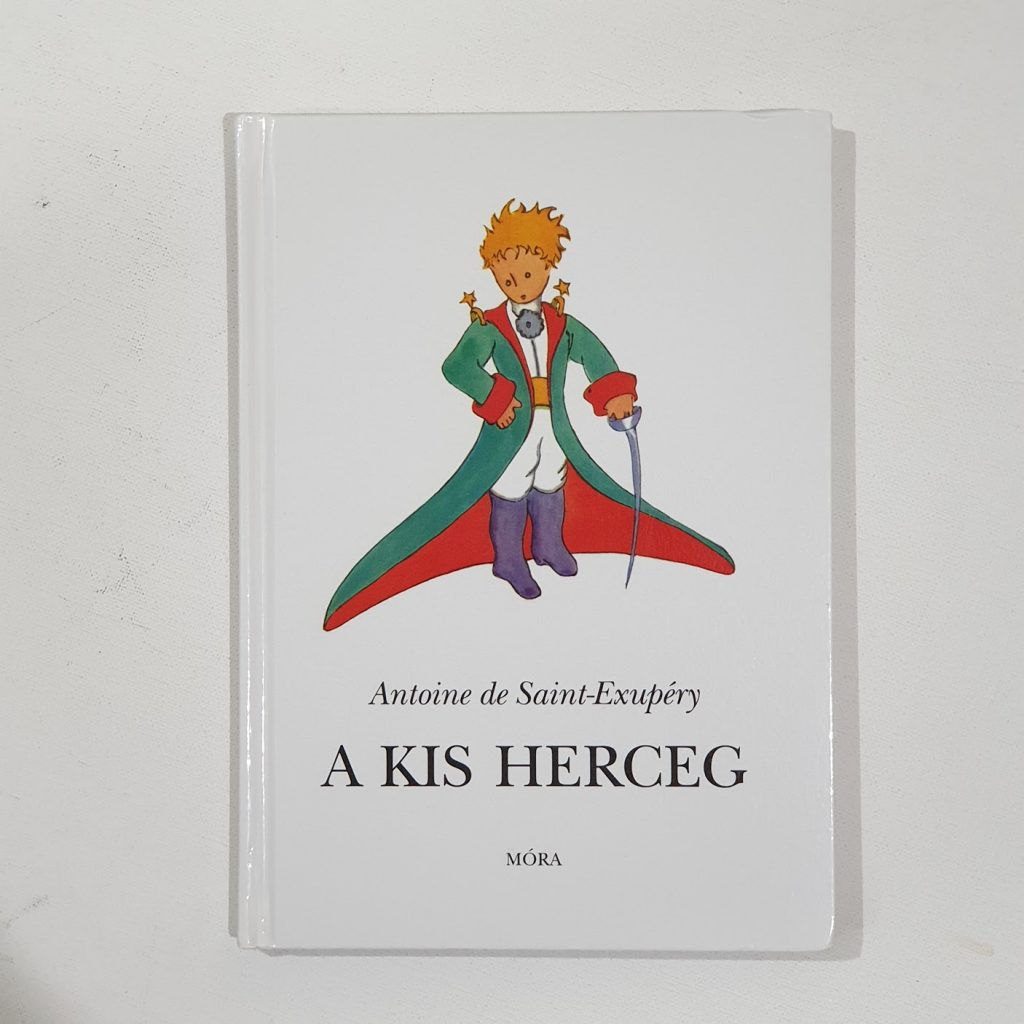
A Kis Herceg, in Hungarian language.
Hungarian is another mystery. This language is extremely different to its neighbouring countries. I’ve read the history of many Eastern European nations. The fascination brought me to Budapest in 2014. A short and meaningful journey.
Hungarian is a member of the Uralic language family. Linguistic connections between Hungarian and other Uralic languages were noticed in the 1670s, and the family itself (then called Finno-Ugric) was established in 1717. Hungarian has traditionally been assigned to the Ugric branch within the Finno-Ugric group, along with the Mansi and Khanty languages of western Siberia (Khanty–Mansia region).
The name of Hungary could be a result of regular sound changes of Ungrian/Ugrian, and the fact that the Eastern Slavs referred to Hungarians as Ǫgry/Ǫgrove seemed to confirm that. Current literature favors the hypothesis that it comes from the name of the Turkic tribe Onoğur (which means “ten arrows” or “ten tribes”).


